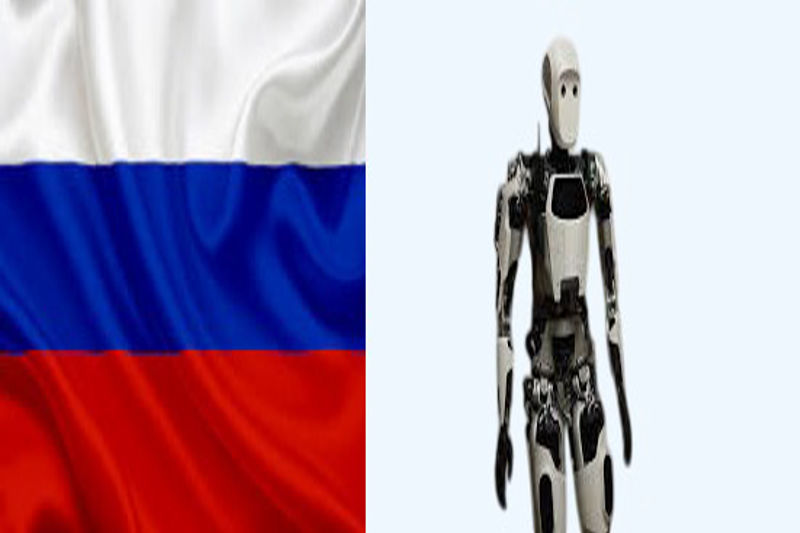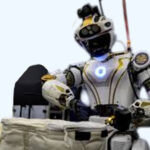Russia has long been a major player in military and space technology, but how does it fare in the field of advanced robotics? With the rise of humanoid robots and AIpowered machines worldwide, many wonder: Does Russia have the latest technology in robotics that can be used as humans?
While Russia may not be as publicly prominent as the U.S., China, or Japan in consumer robotics, it has made significant strides in military, industrial, and experimental humanoid robots. Let’s explore Russia’s capabilities in robotics and whether they can compete on the global stage.
Russia’s Advances in Humanoid Robotics
1. FEDOR – The Russian Humanoid Robot
One of Russia’s most famous robotic projects is FEDOR (Final Experimental Demonstration Object Research), a humanoid robot developed for rescue missions and space exploration.
Key Features of FEDOR:
Designed for disaster response in dangerous environments
Tested in space aboard the ISS (International Space Station) in 2019
Capable of shooting guns (demonstrated in 2017, sparking controversy)
While FEDOR is not as agile as Boston Dynamics’ Atlas, it represents Russia’s ambition in military and space robotics.
2. Avatar Program – MindControlled Robots
Russia has invested in braincomputer interface (BCI) technology, aiming to create robots controlled by human thought. This initiative, similar to Elon Musk’s Neuralink, could lead to:
Soldiers controlling robotic exoskeletons remotely
Medical robots assisting paralyzed patients
Space robots operated from Earth
Though still in early stages, this research could give Russia an edge in military and healthcare robotics.
Military and Industrial Robotics in Russia
1. Combat Robots (Uran9, Nerekhta, Marker)
Russia has deployed several unmanned ground vehicles (UGVs) for warfare, including:
Uran9 – Armed with machine guns and antitank missiles
Marker: A self-governing robotic platform that was tested in Ukraine
These robots are not humanoid but demonstrate Russia’s focus on AIdriven military robotics.
2. Industrial and Logistics Robots
Service robots are created by Russian businesses such as Promobot for:
Customer service (hotels, airports, retail)
Medical assistance (disinfection, patient monitoring)
Factory automation
While not as advanced as Tesla’s Optimus, these robots show Russia’s push into practical robotics applications.
How Does Russia Compare to the U.S. and China?
Category Russia’s Advantages Drawbacks
| Military Robots | Strong in combat UGVs (Uran9, Marker) | Lagging in AI autonomy |
| Humanoid Robots | FEDOR (space/military applications) | Less agile than Atlas (Boston Dynamics) |
| AI & Research | Braincomputer interfaces (Avatar) | Less investment compared to U.S./China |
Russia’s robotics industry is more focused on military and industrial uses rather than consumerfriendly humanoids.
Future of Russian Robotics
Russia faces challenges due to sanctions and limited international tech collaborations, but it continues investing in:
✔ Autonomous weapons systems
✔ Space robotics (for lunar and Mars missions)
✔ AIdriven industrial automation
If Russia overcomes its technological and economic hurdles, it could become a bigger player in robotics—especially in military and space applications.
Conclusion: Does Russia Have HumanLike Robots?
So, does Russia have the latest technology in robotics that can be used as humans? The answer is partially yes—while Russia isn’t leading in consumer humanoid robots, it has made progress in:
Military robotics (FEDOR, Uran9, Marker)
Mindcontrolled robots (Avatar program)
Industrial automation (Promobot)
For now, Russia’s robotics efforts are more functional than futuristic, prioritizing defense and space over everyday humanlike robots. However, with continued research, Russia could become a key competitor in advanced robotics.


